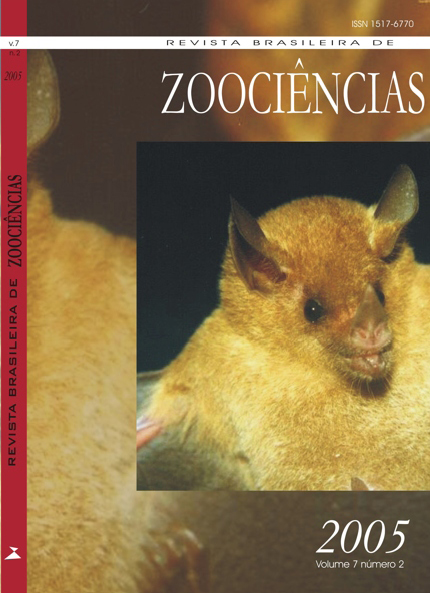Desenvolvimento do blastocisto em ratas (Rattus norvegicus Berkenhout, 1769) tratadas com extrato de jarsin (Hypericum perforatum L., 1753)
Resumo
The “Jarsin” extract (Hypericum perforatum L., 1753), is used as an alternative of the synthetic antidepressants. The are few paper concerning the reproductive toxicology of “Jarsin” extract and none related to the early embryonic development. The present work was aimed at verifying the effect of “Jarsin” extract, on the blastocyst development in Wistar rats. Female rats from the Centro de Biologia da Reprodução vivarium were mated with fertile males. After the insemination, the femalerats were randomly distributed in two groups: Control (0.5 ml of
distilled water) and treated (18mg of H. perforatum/0.5 ml of distilled water). Both groups received the treatment by oral gavage, twice a day from the first to the fourth day of gestation. The animals were terminated on the fifth day of gestation. The oviduct and uterine cornua were flushed
with Talpe-Hepes medium and the embryos were collected, counting and their morphologic development performed. The dams were evaluated to clinical signs indicative of maternal intoxication (deaths, altered locomotion in the cage, piloerection, diarhoea, vaginal bleeding, reduced
food consumption and body weight gain or loss). Maternal ovary weight was measured and the number of corpora lutea was counted. The data were analyzed by the Student’s t test (a = 0,05). No clinical indicative of maternal intoxication were observed. The number of embryos and of the blastocyst phase were inalterated. The Jarsin extract, in the present
experimental design doesn’t seem to be toxic to the dams or the embryos.
Downloads
Downloads
Publicado
2009-08-21
Edição
Seção
Artigos



